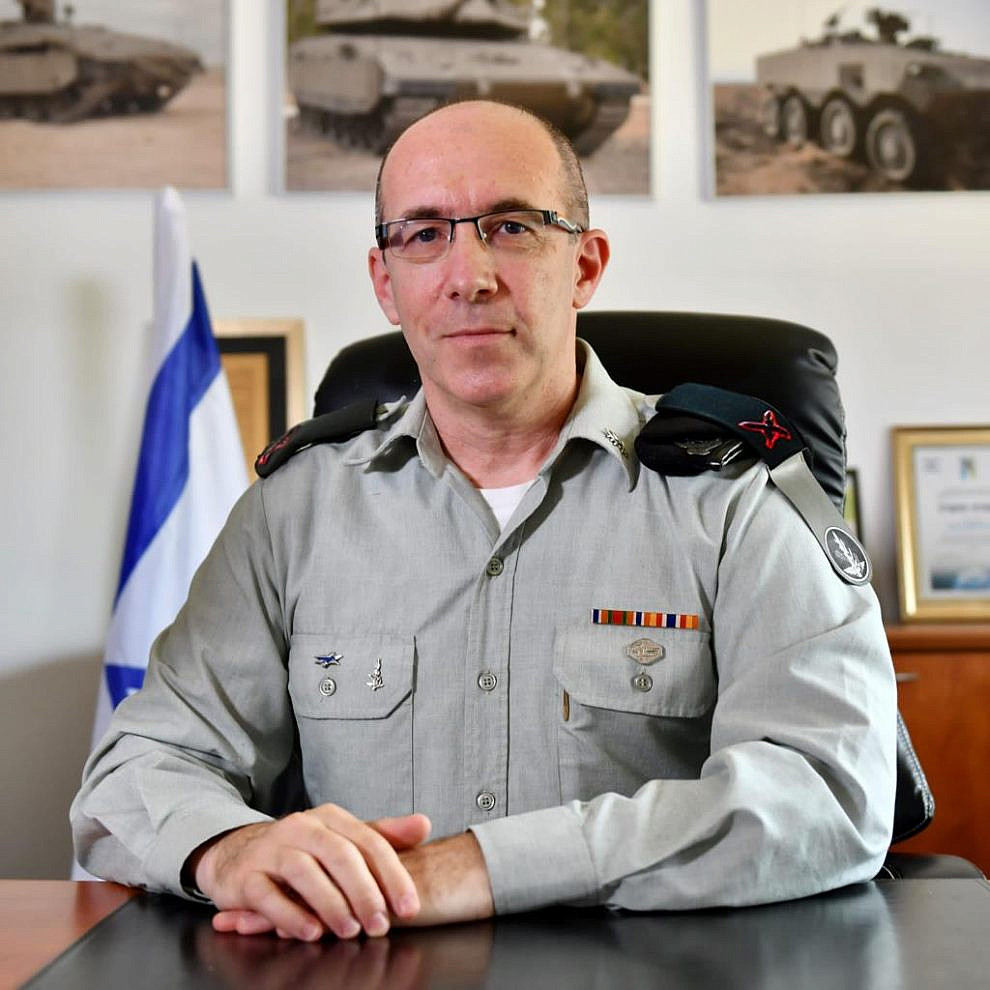Officially, the next Israeli Defense Forces main battle tank, which will succeed the Merkava 4, is known as Barak, or “Lightning.” Unofficially, however, the head of the Israeli Defense Ministry’s Merkava and Armored Vehicles Directorate is calling it “an antifragile weapon.”
The term is inspired by Lebanese-American philosopher Nassim Nicholas Taleb, whose conception of an antifragile entity, which gains from disorder, has found its way into the directorate.
According to directorate head Brig. Gen. Oren Giber, the antifragile concept helped engineers and developers think about how to create the next generation of armored vehicles, which can operate in a rapidly changing enemy environment filled with terror armies, hidden adversaries embedded in built-up areas and targets that appear and vanish in the blink of an eye.
Translating this into the practical world of combat, planners at the directorate have been busy creating the Barak, which will be equipped with sensor and processing capabilities, as well as digital networking capabilities that put it in touch with all relevant forces in a sector, and unprecedented levels of real-time intelligence for the crew.

The first Merkava, Merkava 1, made its debut in 1979, and since then, the world of heavy armor had evolved dramatically—to the point where AI now carries out a significant portion of the Merkava’s on-board activities.
The Barak is the first in the world to be significantly reliant on AI, and this trend will only grow further in the upcoming Barak, Giber stated.
But AI isn’t just limited to the tank’s operation—it also played a key role in its design.
“Today, we have generative design abilities that are highly advanced, which we used during development of the Barak,” said Giber.
This involves taking a computerized model, simulating capabilities, and testing it out digitally before building the vehicle, using software developed in-house.
“Our understanding is that we cannot continue to plan and develop as we have done in the past,” said Giber, adding that the pace of change among adversaries and in the technological world at large no longer allows for gradual improvement. As a result, he said, the Barak is revolutionary.
The tank will be able to send and receive unprecedented levels of real-time data on battlefield threats, and will be linked up to other forces in its area using the IDF’s Torch 750 digital combat management system.
This type of interconnectivity is critical for lethality in modern combat, said Giber.
“Our goal is to develop the best and cheapest possible platforms for the IDF. If a cheaper and better alternative is around, we have failed,” he stated. “We must safeguard the strategic abilities of military armored vehicles” in light of the ongoing and rapid arms race underway between Israel and its adversaries, he added.
The directorate, which also develops the new-generation Namer and Eitan infantry fighting vehicles, is now focused on the task of fully utilizing the new capabilities of these armored platforms.
“The Merkava and Armored Vehicles Directorate carries out all of the design stages, from mechanical-electric design to cooperating with the incredible defense companies in Israel, to deliver cutting-edge technology,” stated Giber.
“We must be a little futuristic. We are in competition with the enemies of Israel. The enemy is constantly improving its weapons. We need to stay ahead,” he added. “This competition is not for the faint of heart.”
Technically, when combined with its armored vehicle factory at Tel Hashomer base in central Israel, the directorate is Israel’s fourth largest defense industry, after Israel Aerospace Industries, Rafael and Elbit.
The directorate’s vision involves allowing IDF soldiers to utilize the advanced tools to beat the enemy while staying protected.
As the directorate develops the Barak, which will likely be unveiled in the coming months, it also redefined its core guiding capabilities, according to a doctrine it calls “shield of steel.”
The doctrine calls for both physical and cultural guidelines, which are listed as: Armor, maneuverability, lethality, interconnectivity, remote sensors and artificial intelligence, but also values such as commitment, professionalism and determination.
Meanwhile, over at the Defense Ministry’s Directorate of Defense Research and Development (DDR&D), work is ongoing, together with IAI subsidiary Elta and the Merkava and Armored Vehicles Directorate itself, on a future combat vehicle concept called “Carmel.”
The Carmel is part of the vision of ground vehicles powered by artificial intelligence with autonomous capabilities, which will start taking over land missions gradually just as unmanned aerial vehicles (UAVs) have been doing in past decades in air forces.
The computer system that controls the Carmel vehicle is called Athena. It uses a range of sensors to locate the enemy, analyze its firearms and scan multiple lines of sight, and then uses that data to influence routes and operational decision-making.
“At some point in the future, armored vehicles will drive autonomously,” said Giber. “The way to get there is by developing technology and combining it with manned platforms. We are integrating more and more capabilities that can be used for both manned and unmanned systems. This way, we assist the driver or commander, and at some point, when we see that it’s ready, the system will be able to autonomously assist a commander who hasn’t slept for 36 hours,” he said.
At the same time, Giber added, autonomous systems are harder to develop for land than in the air, due the far higher complexities involved in ground maneuvering, which is why it will take considerable time for such vehicles to appear.


























